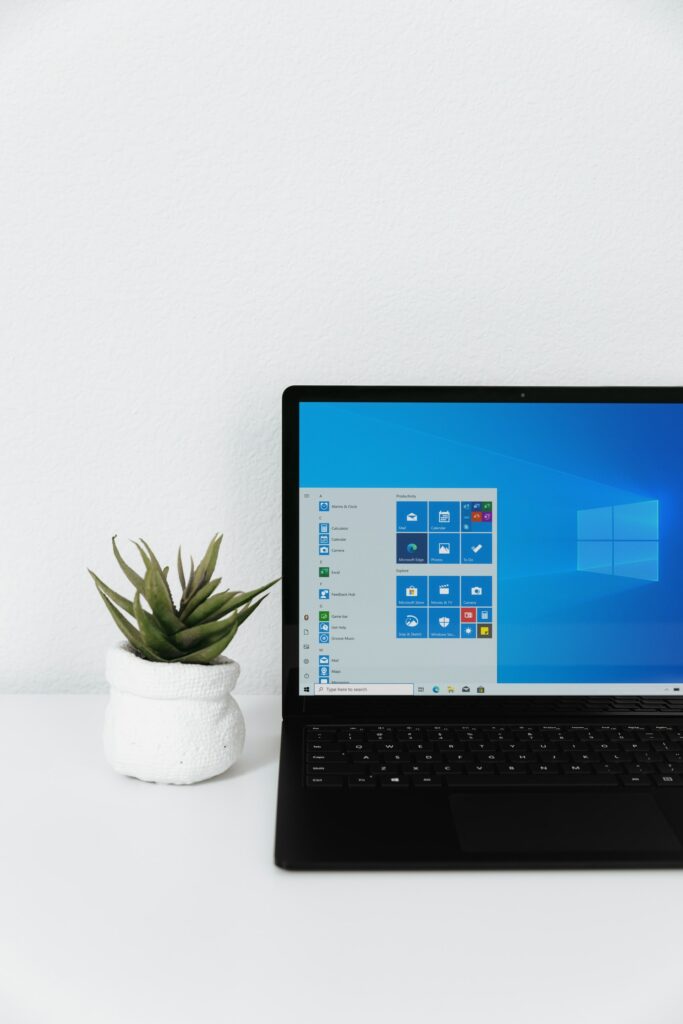What You Need to Know About Windows Update Settings to Regain Control

What You Need to Know About Windows Update Settings to Regain Control
The aggressive settings of Windows Update may occasionally interfere with productivity, despite the fact that it is vital for maintaining security and stability. It is possible for customers who want predictability to get frustrated by automatic restarts, unexpected bandwidth use, or forced driver upgrades. The act of regaining control does not include completely stopping updates; rather, it entails setting them to function according to your preferences while still offering protection to your machine.
Becoming familiar with the operation of Windows Update
There are three primary categories of material that Windows Update provides:
- Make sure your machine is secured by installing security updates, which will fix any vulnerabilities.
- Updates to features often occur twice a year and include the introduction of new capabilities as well as improvements to the user interface.
- Device drivers are updated, and the outcomes of this process might be unpredictable at times.
- Windows Update is the service that is responsible for the distribution of updates; the choices available to you change depending on whether you are using the Home, Pro, or Enterprise versions of Windows.
Updates will be momentarily paused.
There is a feature in Windows that enables you to temporarily suspend updates. This is helpful in situations when you need consistency for a presentation or a project.
- Step one is to go to Settings > Windows Update > Pause updates.
- In the majority of versions, you have the ability to stop for up to thirty-five days.
- Immediately after the conclusion of the time period, Windows will compel a check for updates before allowing another pause.
Timetables for restarting
One of the most common complaints is about being forced to restart. Windows allows you to regulate the time of restarts, which helps to minimize disturbances.
- You may schedule restarts by selecting Advanced options > Notify me to schedule restarts from the Windows Update settings.
- As an alternative, you may configure Active Hours to prevent Windows from restarting while you are at work.
- The behavior of restarts may be configured by power users via the use of Group Policy or registry adjustments.
Postpone improvements to both the features and the quality.
You are able to postpone updates on Windows Professional and Enterprise:
- The introduction of new features may be postponed for up to one year.
- For a period of up to thirty days, quality updates, often known as monthly patches, might be delayed.
- This gives time to test updates and prevents issues from appearing too early. Metered connections are a workaround that may be used by users of the Home version, who do not have access to these options natively.
Connections should be set to metered.
If you mark your network connection as “metered,” you will be unable to get automated updates.
- To configure your Wi-Fi connection to be metered, go to Settings > Network & Internet > Wi-Fi > Manage recognized networks > Properties > Property.
- Windows will provide you with further control over the timing of the installation of big updates by delaying the downloading of such updates automatically.
Automatic driver updates should be disabled.
Sometimes, updating drivers might cause hardware functionality to become inoperable. In order to prevent them:
- To access the device installation settings, go to Settings > System > About > Advanced system settings > Hardware > Device Setting.
- To prohibit automatic driver updates, choose the No option (it is possible that your device may not function as planned).
- This is something that may be enforced by Group Policy in Pro/Enterprise for you.
Options available for further control via Group Policy
Fine-grained control is available via the Group Policy Editor (gpedit.msc) on Windows Pro and higher versions of the operating system.
Go to the Computer Configuration menu, then choose Administrative Templates, then Windows Components, and finally press Windows Update.
Policies that are helpful include:
- Adjust the settings for Automatic Updates so that they are set to “notify before download” rather than “automatic install.”
- Restarts should not be imposed on users who are already signed in; this should be avoided.
- You have the ability to customize update channels and choose when Preview Builds and Feature Updates are received.
Adjustments to the registry for home users
The Home edition does not provide Group Policy; nevertheless, registry modifications may simulate functionality that is comparable. For instance:
- Launch the Registry Editor and go to the following location: HKEY_LOCAL_MACHINE\SOFTWARE\PoliciesThe Microsoft Windows Windows Update AU registry
Make use of one of these to either create or edit the value of AUOptions:
- Notify for download and installation of the second
- Automated download and notification for installation
- Automatic download and installation on a predetermined period
- When making changes to the registry, you should always make a backup of it.
Using update managers provided by other parties
Some power users use third-party software such as Windows Update MiniTool or WuMgr to manage their Windows updates. These applications provide a graphical user interface (GUI) that allows users to choose which updates to install or conceal. It is important to exercise caution while using them, particularly in business environments, since they are not formal and are effective.
Improvements in bandwidth and delivery efficiency
Delivery Optimization is used by Windows Update, which has the potential to drain bandwidth by downloading updates from other personal computers. In order to restrict this:
- For delivery optimization, go to Settings > Windows Update > Advanced settings > Delivery Optimization.
- Limit the amount of data that is used in the background or turn off peer-to-peer sharing if it is not required.
- Using PowerShell to manage software updates
PowerShell provides the PSWindowsUpdate module, which may be used for scripting and automation purposes. For instance:
Install the module by using the Install-Module PSWindowsUpdate -Force command.
# Check for any applicable changes
Get the Windows Update.
# Just install the most important updates.
Install the “CriticalUpdates” using the “Get-WindowsUpdate” and “MicrosoftUpdate” commands.
# Cover conceal a certain news item
KBArticleID KB5030211 Should Be Hidden in Windows Update
This method provides accurate control, particularly for those who govern information technology.
Management of updates for the enterprise
It is recommended that organizations use either Microsoft Intune/Endpoint Manager or Windows Server Update Services (WSUS) in order to centralize control over update policies. Consequently, this guarantees that changes are tested, staged, and sent out in a methodical manner rather than in a random one.
Striking the appropriate equilibrium
In addition to the dangers associated with completely turning off updates, putting everything on autopilot may also result in interruptions. The optimal strategy is to accept security updates as soon as they are released, postpone feature upgrades until the system has reached a stable state, and always schedule restarts according to your own preferences.
The concluding suggestions
Make advantage of Active Hours and planned restarts, and pause and organize your activities intelligently.
- Postpone the release of new features and wait until the stability has been verified.
- Install metered connections if you are using the Home version.
- Eliminate unneeded drivers to prevent problems with the hardware.
- In order to get fine-grained control, use either Group Policy or PowerShell.
If you want to take control of Windows Update, you need to modify the system so that it works with your schedule rather than against it. If you have the appropriate settings, you will be able to experience stability and security without any disruptions that are not essential.




